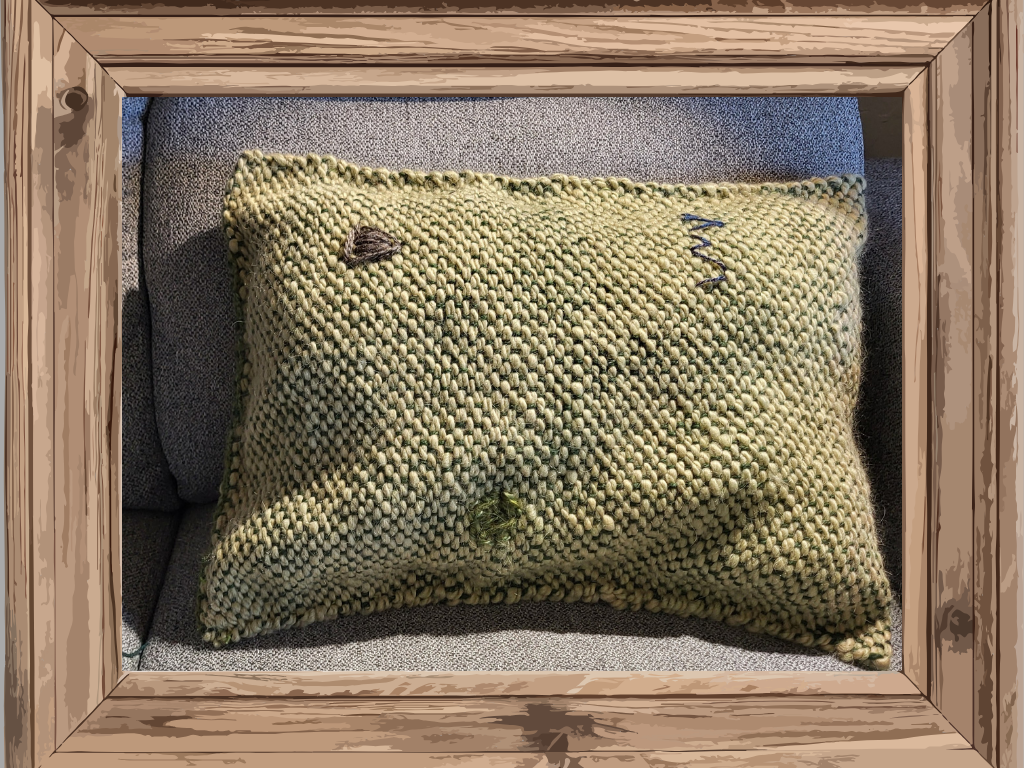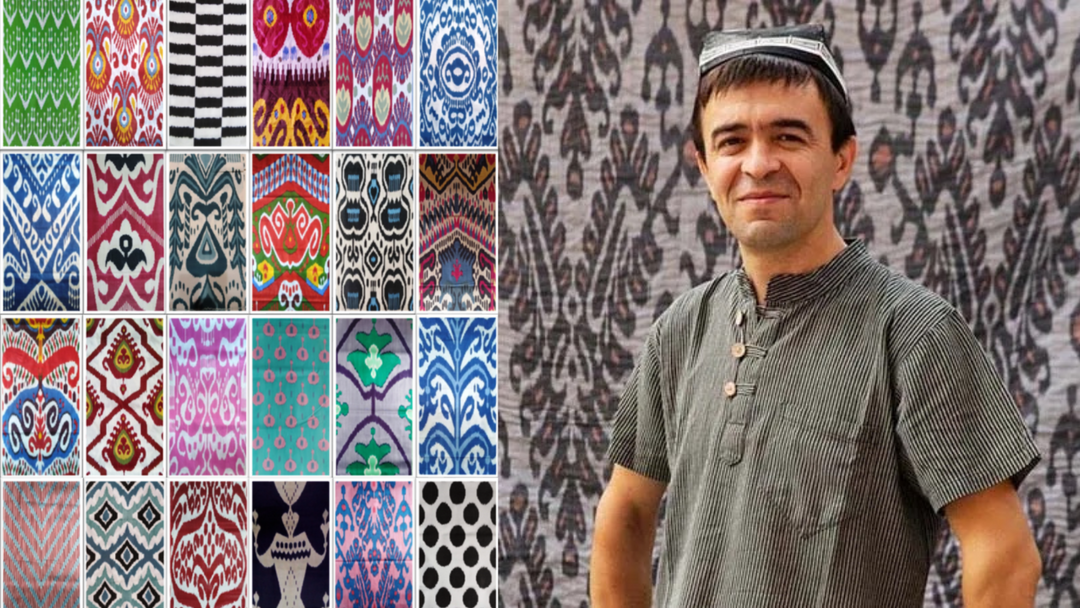When I started HoonArts back in late 2014, I knew I didn’t know much of anything about retail, marketing or handicrafts. In fact, I dropped out of Girl Scouts at a young age because I hated selling Girl Scout cookies, and I gave up band in high school because I didn’t want to sell any more band candy or participate in fundraising. I considered myself hopeless at creating my own art. I successfully avoiding all marketing and “rainmaking” during my 31 years as a practicing business law attorney. What inspired me to jump off the cliff and start a Fair Trade handicrafts business was the prospect of opening the US market to Tajik handicrafts for the first time, and building a sustainable market that would create new economic opportunities for impoverished artisans in the small Central Asian country of Tajikistan. Marketing and sales were just “details” to be figured out along the way.
I knew that there were lots of entrepreneurship resources available in Albuquerque, many of whom I had already visited during the course of hosting international professional exchange delegations, including delegations focused specifically on handicraft promotion. I had also visited with the staff of the International Folk Art Alliance, sponsor of the Santa Fe International Folk Art Market, the largest folk art market in the world, and knew that there was an active US market for high quality handicrafts. I also was heartened by the fact that New Mexico is known worldwide as an arts and crafts capital, with many local and regional arts and crafts shows. I also had numerous connections with younger entrepreneurial types who were “digital natives” and could point me in the right direction for social media marketing. One of those millennials directed me to the online Etsy platform for handmade goods, which looked like a perfect platform. And of course the Amazon “handmade” category would provide a supplemental sales platform. So I boldly set forth, assuming that there were lots of built-in resources to help me figure it all out.
It’s probably a good thing that I hadn’t done all my research up front, or I might have discovered my first Catch 22 and given up before I began. It turns out that most arts and crafts shows in New Mexico, and throughout the US, are only open to artists and artisans displaying their own personal work (or at least “design” work). “Distributors” and, heaven forbid, “importers” are strictly excluded. It simply doesn’t matter that I’m working to build a market for artisans who are typically far worse off than their American counterparts (many of whom are hobbyists at best), and could not possibly afford to come to the US to represent their own work. That means that an American “designer” who takes a cheap imported towel and adds a machine-programmed, machine stitched design on it will qualify to participate in a craft show, while artisans whose work has received international awards like the UNESCO Award of Excellence for Craft are automatically disqualified. Unfortunately, the same is true for most farmers’ markets and similar markets today, even though in earlier years the access was much more flexible. Oops!
It turns out that the same criteria are applied to Etsy and even to Amazon “handmade.” Oops number 2! And yes, I did pursue the issue with Etsy, through several levels of administration. Their answer was always the same: HoonArts doesn’t qualify because I’m not at least designing the products and the artisans are not part of “my” workshop. Never mind that it’s obvious that many shops on Etsy are not selling their own work. The same is true for the Amazon “handmade” seller.
Having spent most of my career as a business attorney, I am compelled to answer their questions honestly. I don’t design the products, because I want our products to reflect the authentic cultural artistic expression of the artisans, not an American reproduction generated for maximum commercial sales in the US. And the artisans are not my employees. I simply purchase their products (no consignments involved) and work to help build the US market for their extraordinary and culturally authentic hand-crafted gifts and accessories. I have always figured that while a non-native speaker in a foreign country might be able to say, “Gee, I didn’t understand,” I could never get away with it as an American attorney. More importantly, since integrity is one of our basic business values, I will not lie or misrepresent what we do just because it makes business less complicated.

Given these limitations, I was forced to regroup and figure out what kinds of sales channels do make sense for someone starting a Fair Trade handicraft business from scratch. For local events, it has been a slow process of searching out those shows that do not require the artisan to be present. In Albuquerque, these include international and dance festivals, folk festivals, some textile arts festivals and shows, and some smaller growers’ markets. I’ve also used several networking/connecting events to showcase our products, or at least connect with potential buyers and/or event sponsors. By explaining the Catch 22 issue, one large arts and crafts show (the Girls Inc. Arts and Crafts Show in Santa Fe, August 6-7) made a special exception to their general rule against “distributors” and “imports,” and I’m looking forward to that event to connect with a much larger market, including many out-of-state visitors. By partnering with another local organization, I also was able to create our own inaugural Fair Trade event in Albuquerque, in conjunction with the 2016 RoboRAVE International Robotics Competition. That was a successful event, both for RoboRAVE and the participating vendors, so we expect to continue that event at next year’s competition.

HoonArts volunteer Denise Bucci at RoboRAVE International’s 2016 Fair Trade Marketplace, modeling one of our new ikat kimono jackets.
For the online platform, after researching various available shopping channels, I decided to use the Shopify platform. Shopify has a relatively low cost to get started (about $30 per month), lots of free “themes” (basic website design), no restrictions on the number of products listed, the ability to include website pages in addition to product listings (so it looks like a complete website to shoppers), flexible payment options for buyers, the ability to have the online store reflect my own domain name (i.e. hoonarts.com) and many support resources. Just recently, I discovered the Shopify POS (“Point of Sale”) system, which allows me to run in-person sales at local events through the Shopify system, allowing me to manage the inventory electronically (rather than having to manually recount inventory after shows).
Even though I am quite happy with the Shopify platform in general, it does have its limitations, such as the need for various third-party apps that add to the monthly cost. It also does not guarantee that potential buyers will be able to find the store online. Online sales so far are quite slow, so I have begun the slow and sometimes frustrating process of building an online audience, with blogs, paid online advertising, and more. I’ll share more about this process soon.
Thus, the journey continues on a daily basis to find the solutions to the Catch 22 of Fair Trade in the US. My hope is that eventually we will be able to persuade many of the currently inaccessible sales platforms and venues to change their current policies since we share the same goals: i.e. supporting artisans who have a difficult time competing with “standard” large scale commercial sellers of competing products.
Please leave us your thoughts and comments below, and share this post to help build our national online presence. We really want to make the HoonArts worldwide community a vibrant, active and engaged community. 







Leave a comment